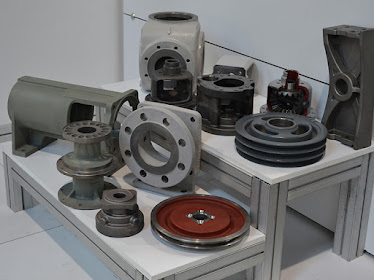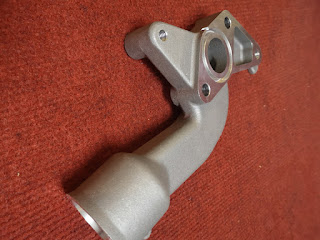In manufacturing casting parts from non-ferrous materials such as aluminum or low-temperature alloys, there is the use of gravity die casting. For a wide range of industrial applications specifically in the defense, medical and energy sectors this process is used to create intricately shaped components.
In the process of gravity die casting there are four major steps involved. First of all, before being clamped together the two halves of the die are heated and sprayed with a coating.
The lubrication helps to prevent premature solidification and it even helps in the removal of the casting.
Into the cavity of the die, the molten metal is then poured. The metal solidifies at a rapid rate before it gets cooled. Finally, the cast parts are removed and the die is opened.
Over other equivalent manufacturing processes, there are several key benefits. These include:
- high production rates - in one day many hundreds of castings can be produced
- excellent dimensional accuracy – It provides durability and dimensional stability
- versatility
- Higher tensile strength and improved mechanical properties – It shows high strength and mechanical properties as compared to sand casting.
- multiple finishes - smooth or
textured surfaces can be produced and there is a need for only minimal
finishing
Gravity Die Casting China is even referred to as a permanent mold casting, typically uses alloys of non-ferrous materials such as aluminum, copper, magnesium, and zinc. As implied by the name, to fill the mold with molten metal gravity die casting relies solely on the forces of gravity. There is variation when compared to other casting processes which use an applied force or pressure.
Gravity die casting process









